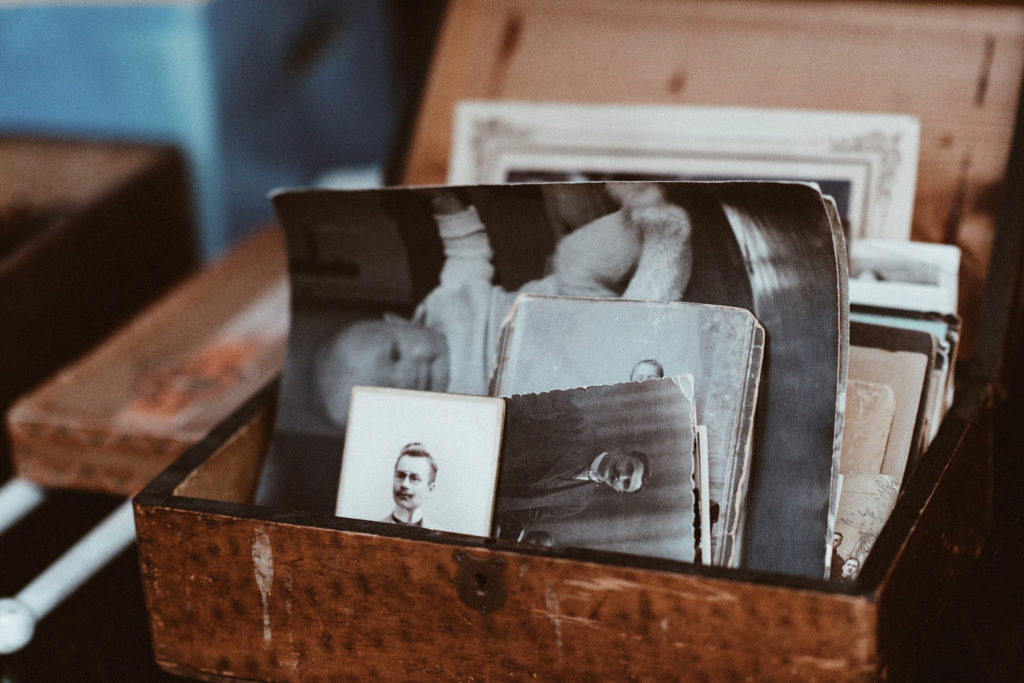So you bought a new photo scanner, but you haven’t started scanning because you’re not sure of the ‘correct’ way to do it. What resolution? What file type? What does it all mean?
Here are my thoughts!

File Resolution:
Most scanners will give you the option of scanning photos at 300dpi or 600dpi. The higher number is obviously the higher resolution, but an easy way to understand the difference is that a 4×6 photo scanned at 300dpi will produce a file that you can print in 4×6 size. If you scan the same photo at 600dpi, you’ll have more flexibility to print the photo in a size larger than the physical print you scanned (ex: 5×7 or 8×10). But also note that a 600dpi print takes longer to process and requires more storage space.
My philosophy is to scan at the highest resolution (600dpi) so you have the freedom and flexibilty to do more with your photos later, should you want to.
Scanning negatives or slides will require a much higher dpi. I share my specific recommendations for each media type in my Organizing Old Photos online course.
File Types and Compression:
The two most popular file formats are jpeg and tiff. Jpeg uses compression to create smaller file sizes which means some of the image data is lost. Tiff, on the other hand, does not compress your files and will generate a very large final file size with maximum image data (Tiffs can be used for printing billboard ads!)
I personally prefer to scan in jpeg format. This is a more universally recognized file format and the final, compressed files are plenty large enough for my needs.
Need More Info?
In my new Organizing Old Photos online course I share tutorials that will lead you start-to-finish through your photo digitizing project (including step-by-step scanning videos!).